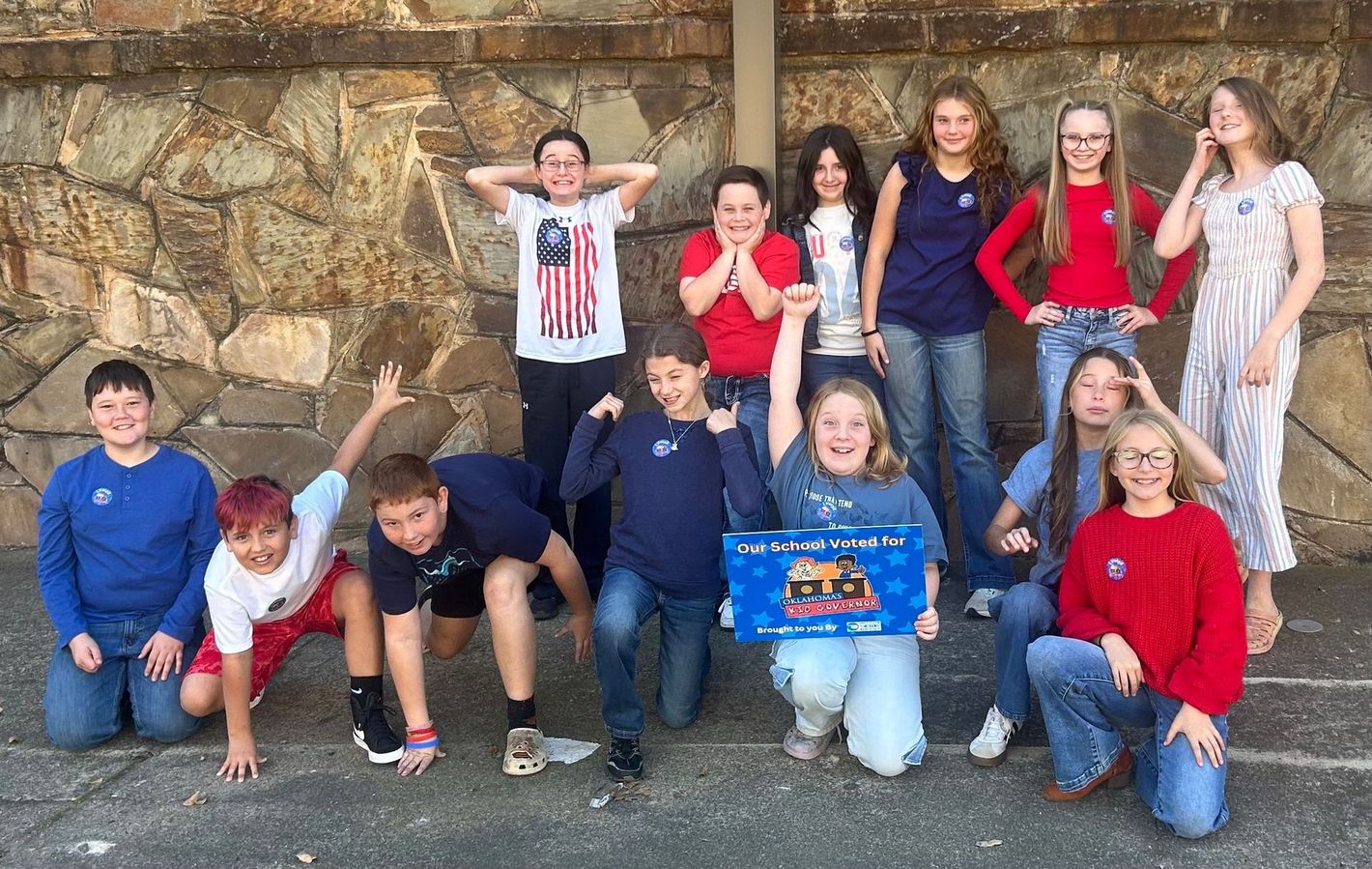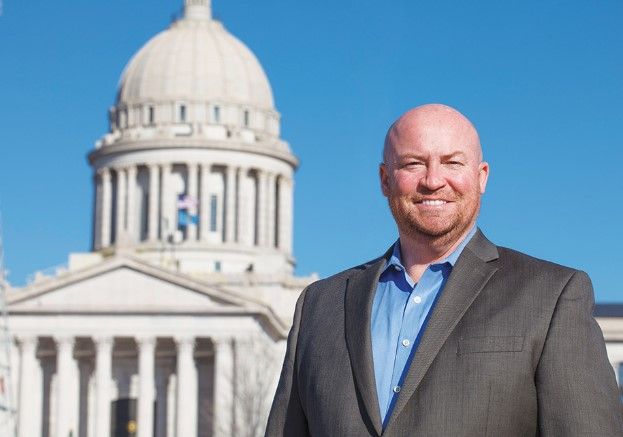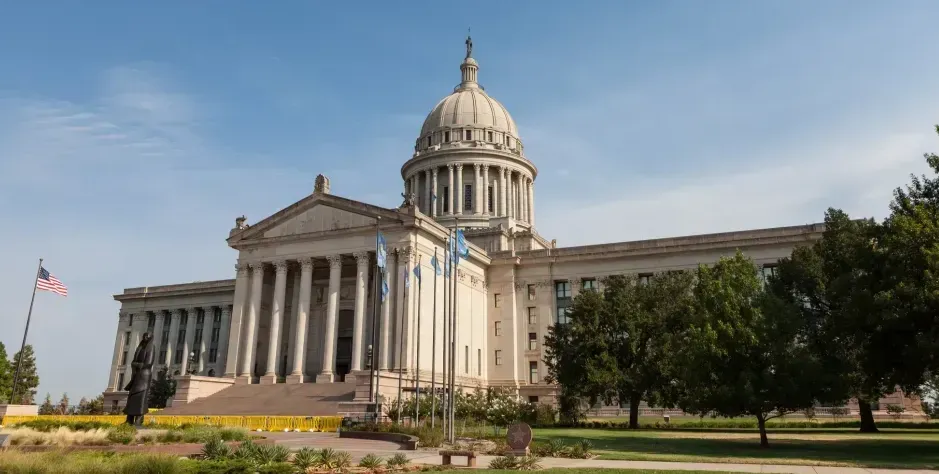Stay Up-To-Date And Sign Up For Our Newsletter!
Sign up to our newsletter
For families affected by the suspension of SNAP benefits on November 1, here are the links to local food banks:
- http://www.regionalfoodbank.org/ for western Oklahoma.
- https://www.okfoodbank.org/ for eastern Oklahoma.
Also, check with local organizations and in your local news media for additional resources in your communities.
Katelyn Talley Elected as Oklahoma's
Seventh Kid Governor®

Kid Governor® is a national award-winning civics program for 5th graders created by the Connecticut Democracy Center (CTDC) in 2015. Timed to coincide with Election Day in November, the program offers schools the opportunity to enter one student candidate into a statewide election that other 5th graders vote in. Classes can vote in the election, nominate a classmate to run for office, or both! Toolkits of in-class lessons guide teachers and students through the program.
Our special comic books are available for purchase for $4 each and $4 for shipping for up to 10 books. For each comic book you purchase, an Oklahoma 5th Grader will also receive a copy of the comic book.
For more information on Oklahoma’s Kid Governor program, go to
http://ok.kidgovernor.org/
Recent News and Articles








If there are any questions or concerns with your donation, please do not hesitate to contact us. If the issue cannot be resolved, we will issue a refund of your donation.
Thank you, OICA
At the Oklahoma Institute for Child Advocacy (OICA), we deeply appreciate your generosity and commitment to our mission. While we make every effort to allocate donations to the specific event or initiative designated by our supporters, there may be instances where funds exceed the needs of a particular program. In such cases, your contribution will be used to support the overall operations and advocacy efforts of OICA, ensuring continued impact on behalf of Oklahoma’s children.
If you have any questions or concerns regarding this practice, please do not hesitate to reach out to us. Your trust is invaluable, and we remain committed to transparency and responsible stewardship of all donations.



